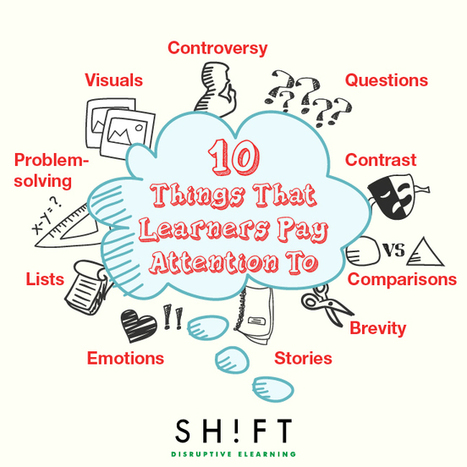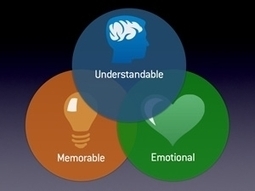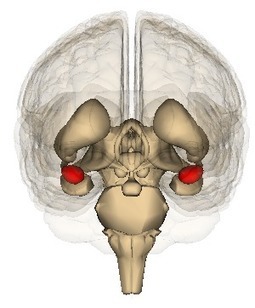Until now, there have been a variety of tools for managers who wish to measure the emotional cues of individuals, such as the Brief Affect Recognition Test to understand cross-cultural facial expressions. Facial expressions provide a wealth of reliable information about how others are making sense of the world around them, and allow us to tailor our responses to the individual in a one-on-one situation.
This represents one of the key measures of emotional intelligence, which evaluates how well individuals perceive and deal with affectively charged interpersonal situations.
Read more at http://knowledge.insead.edu/strategy/leaders-who-can-read-collective-emotions-are-more-effective-4002#VsZzWHkFKKeIo3ac.99But there are situations in which leaders have to deal with the emotions of large groups of people, not just those of one or a few individuals and most managers don’t have time to operate on a one-on-one basis all the time. Understanding the collective can help leaders respond effectively to the group as a whole. This happens in situations such as dealing with the collective anxiety of executives facing the news of corporate restructuring; or public authorities dealing with the collective anger of large groups of people in the streets; or politicians seeking to inspire large groups of people to win an election. Those with the skill to pick up on the subtle emotional cues of the collective can adapt accordingly and, according to our research, earn more respect as a result. So how can this ability to see the forest for the trees be applied by leaders?
Learn more:
- http://www.scoop.it/t/21st-century-learning-and-teaching/?tag=Empathy
- http://www.scoop.it/t/21st-century-learning-and-teaching/?tag=Daniel+Goleman
- http://www.scoop.it/t/21st-century-learning-and-teaching/?tag=EQ
Via Mark E. Deschaine, PhD



 Your new post is loading...
Your new post is loading...






















Inteligencia Emocional y Liderazgo...Leaders Who Can Read Collective Emotions Are More Effective -- INSEAD | @scoopit via @hohhof http://sco.lt/...
How does your emotional intelligence help you to implement your strategy?
"Los Lideres detectan y re orientan las Emociones colectivas, percibiendo las actitudes de miembros Emergentes de grandes Grupos, quienes tienen Actitudes Significativas, Consistentes y Poderosas, que muestran su Influencia hacia la Mayoría y son respetados por ellas" -MHE-